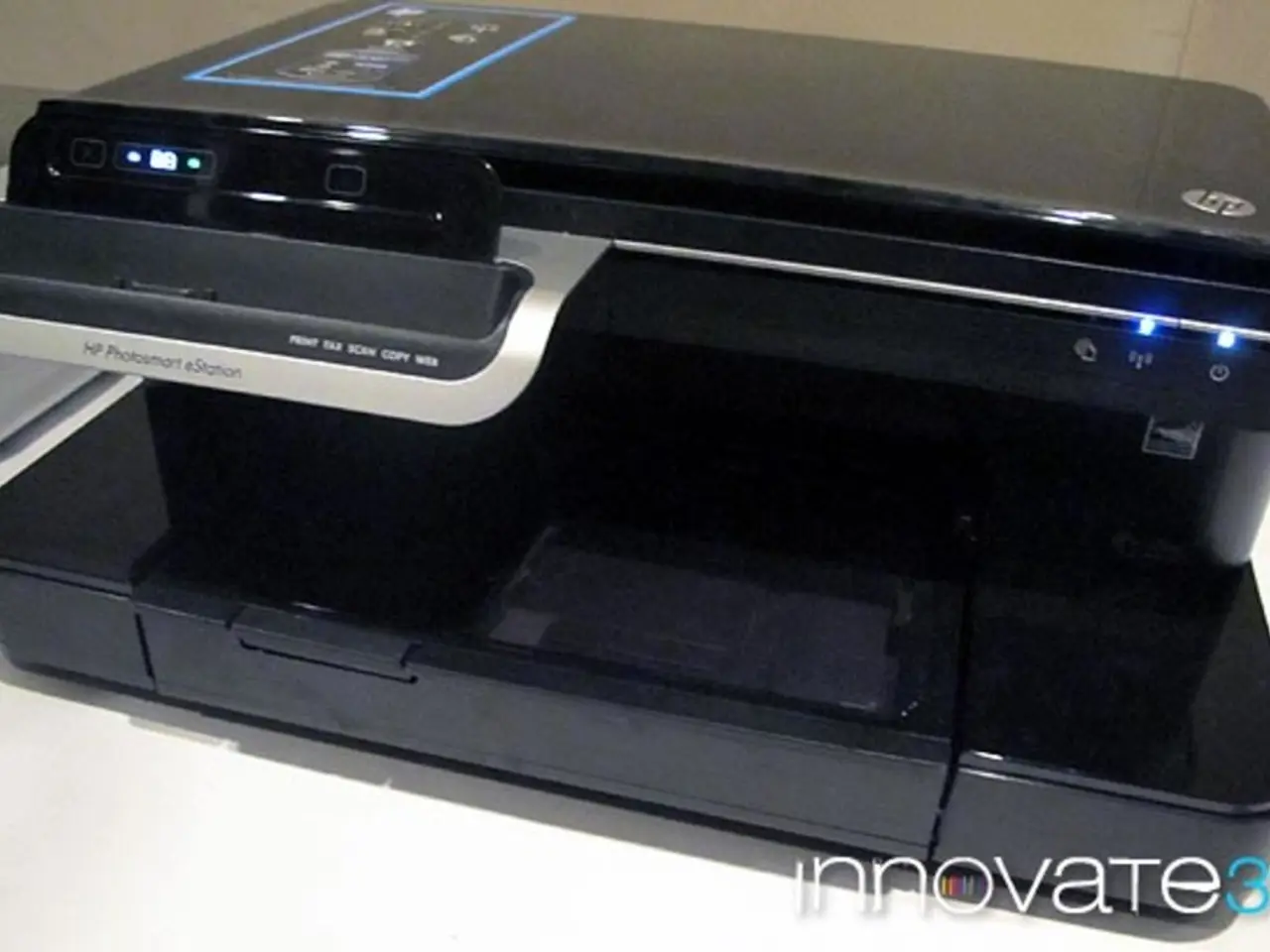Web-to-Print Software Explained: An In-Depth Guide
In the modern business world, efficiency and flexibility are key to success. Two technologies that have revolutionised the print industry are Web-to-Print (W2P) and Print on Demand (POD). Each offers unique benefits, catering to different business needs.
Web-to-Print (W2P) - A Powerful Solution for Businesses
Web-to-Print (W2P) is a system that empowers decentralised marketing teams, retailers, or partners to create, customise, and order printed materials efficiently via a web interface. Leveraging predefined templates, W2P provides an automated publishing process combined with user-friendly, browser-based self-service portals.
Integrating with enterprise systems like PIM, ERP, and DAM, W2P ensures consistent, brand-compliant output in formats like PDFs or print-ready files. This software solution is particularly useful in B2B contexts, facilitating the efficient distribution of up-to-date marketing collateral across multiple users or locations.
One of the standout features of W2P platforms is their ability to allow customers to easily personalise templates, ensuring both flexibility and professionalism in the final product. A robust W2P platform can also integrate seamlessly with other enterprise systems like CRM, ERP, and MIS, ensuring smooth data flow between different business operations.
Moreover, W2P software can monitor inventory levels in real-time, helping businesses maintain optimal stock levels and avoid shortages. It simplifies the traditional printing process, allowing users to design and order print products directly from their web browsers. W2P technology enhances customer satisfaction by offering customisable templates, user-friendly design tools, real-time previews, and efficient order management.
Print on Demand (POD) - A Game Changer for Small Businesses and Individual Sellers
Print on Demand (POD) is a business model that allows entrepreneurs or sellers to create and sell custom physical products without inventory or upfront manufacturing. When a customer places an order, the product is printed and shipped directly by a third-party supplier under the seller’s brand.
POD is popular in eCommerce for its scalable, low-risk selling of custom goods. It focuses on enabling personalised, creative product offerings with low entry barriers, no need for machinery or inventory, and easy design iteration. POD is ideal for small businesses or individual sellers who want to avoid holding inventory.
In summary, W2P is a software solution facilitating efficient, brand-guided print material customisation and ordering for businesses, often involving complex product data integration and multi-user workflows. POD, on the other hand, is a fulfillment business model allowing individual entrepreneurs or brands to offer personalised printed products on a per-order basis without maintaining inventory or production facilities.
By choosing a solution like Printbox, businesses can increase efficiency, personalise products at scale, and enjoy seamless integration with other business systems. Both W2P and POD automate various aspects of the printing process, reducing manual errors and increasing operational efficiency. The adoption of these technologies brings cost reduction, time efficiency, and enhanced conversion rates to businesses.
- In the realm of business efficiency and flexibility, Web-to-Print (W2P) technology thrives as a powerful solution, providing marketing teams, retailers, or partners the flexibility to create, customize, and order print materials efficiently through a user-friendly web interface.
- W2P system leverages predefined templates for an automated publishing process, enhancing the printer industry by offering increased efficiency and brand consistency.
- By integrating with systems like PIM, ERP, and DAM, W2P ensures smooth data flow and consistent, brand-compliant output.
- POD, another game-changer, is a business model that allows individuals or sellers to offer personalized physical products on a per-order basis without maintaining inventory or production facilities.
- In education and self-development, online education platforms can utilize AI and data-and-cloud-computing technology to create flexible and accessible learning experiences for lifelong learning, just as W2P and POD revolutionize the print industry.
- AI, design templates, and automation can streamline marketing efforts, making them more efficient for both small businesses and large enterprises in the ever-evolving world of technology.
- Finance departments reap the benefits of increased efficiency through the integration of technology like W2P, enabling them to manage print material distribution effectively and allocate resources more wisely.




